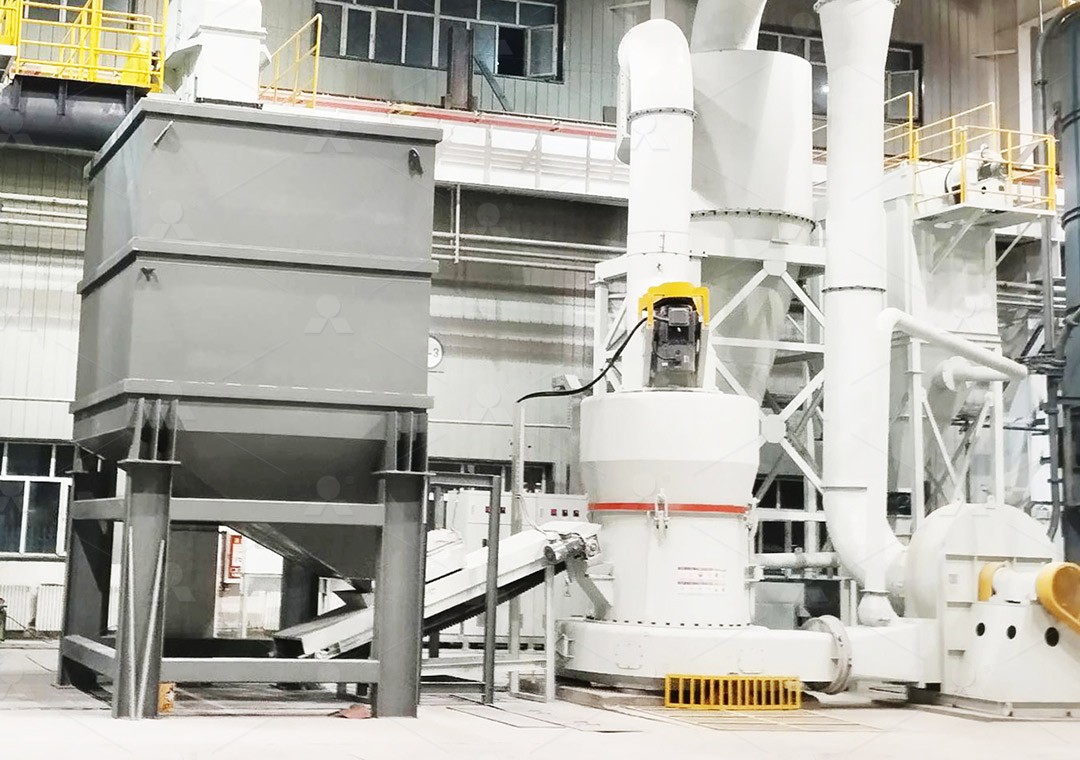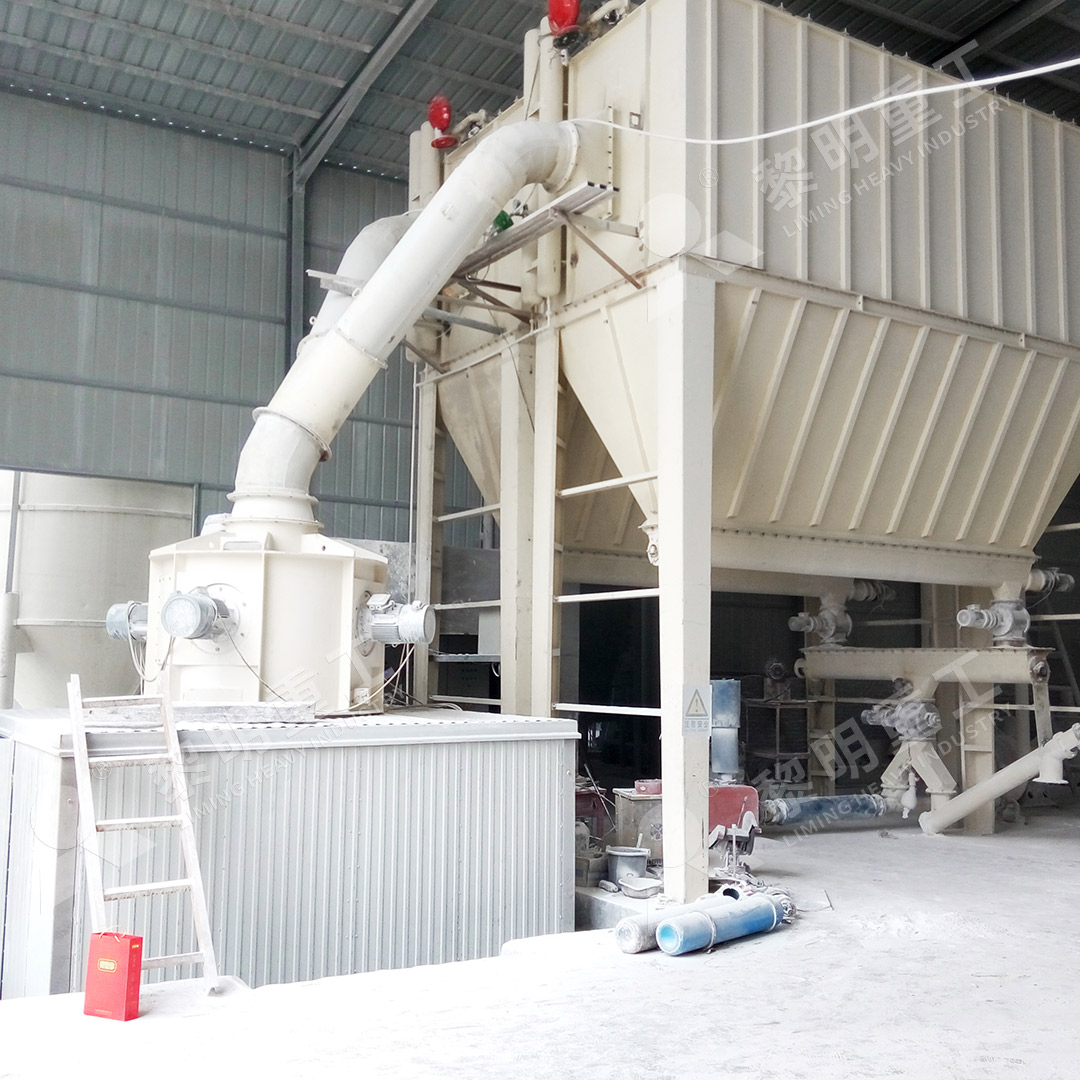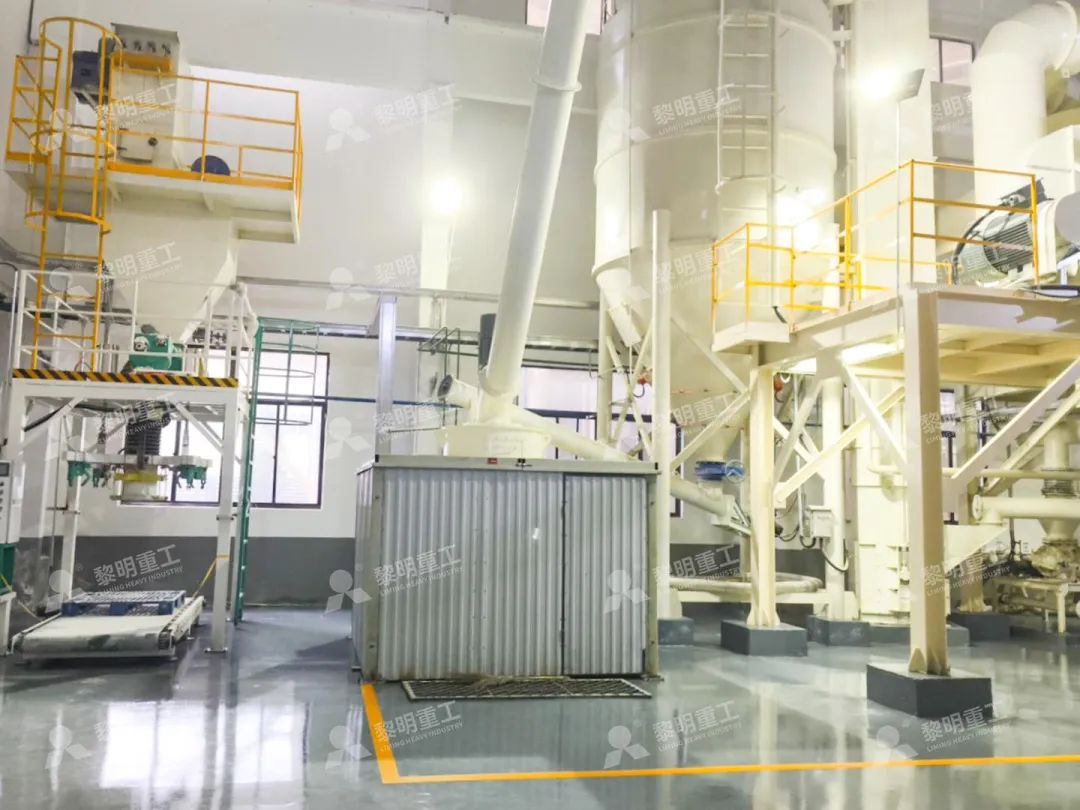Lightweight Brick Production: How Much Can a 2TPH Raymond Mill for Lime Generate Daily?
Lightweight Brick Production: How Much Can a 2TPH Raymond Mill for Lime Generate Daily?
In the competitive world of lightweight brick manufacturing, production efficiency and material quality are paramount. Many producers rely on lime as a key ingredient, and the grinding equipment used to process this material directly impacts both daily output and product quality. A common question we encounter from manufacturers is: How much can a 2-ton-per-hour (TPH) Raymond mill for lime actually generate in a 24-hour cycle?
The straightforward mathematical answer is 48 tons per day (2 TPH × 24 hours). However, real-world production is influenced by several critical factors. The moisture content of the raw lime, the desired fineness of the final powder, and the operational efficiency of the mill itself all play a significant role. While a traditional 2TPH Raymond mill is a robust starting point, modern production demands often call for more advanced, efficient, and versatile solutions to maximize profitability.

Beyond Basic Calculations: Optimizing Your Grinding Process
To truly understand daily output, one must look beyond the machine’s theoretical capacity. Operational hours must account for scheduled maintenance, feeding intervals, and potential downtime. Furthermore, achieving a finer powder for higher-grade lightweight bricks often requires multiple passes or slower processing, which can reduce the effective hourly throughput. This is where the limitations of older milling technology become apparent.
For operations aiming to scale up or improve product consistency, transitioning to a more advanced grinding system is a strategic move. We recommend considering our MW Ultrafine Grinding Mill as a superior alternative for high-value lime powder production.
Superior Performance with the MW Ultrafine Grinding Mill
Engineered for customers who need to make ultra-fine powder efficiently, the MW Series represents a significant leap forward. With a capacity range of 0.5-25 TPH and the ability to adjust fineness between 325-2500 meshes, it offers unparalleled flexibility for various brick production recipes. Its design ensures higher yielding and lower energy consumption, with production capacity up to 40% higher than jet mills and double that of a ball mill, all while reducing system energy consumption by 30%.

A key feature for non-stop production environments is the “No Rolling Bearing & Screw in Grinding Chamber” design. This eliminates concerns about bearing damage or machine failure from loose screws, allowing for external lubrication without shutdown and enabling continuous 24-hour operation. Combined with its efficient pulse dust collector, the MW Grinding Mill operates as a clean, closed system, meeting stringent environmental standards—a crucial factor for modern, sustainable manufacturing facilities.
A Comprehensive Solution for Growing Operations
For larger-scale operations or those processing a wider variety of materials, our LUM Ultrafine Vertical Grinding Mill is another excellent option. Integrating grinding, grading, and transporting, the LUM Mill boasts a capacity of 5-18 TPH and features advanced powder separating technology. Its unique roller shell and lining plate grinding curve are designed for a higher yield rate and better quality finished product, enhancing the whiteness and cleanliness of the lime powder—a direct benefit to the appearance and quality of the final bricks.

By investing in advanced grinding technology like the MW or LUM mills, lightweight brick manufacturers can not only meet but exceed their daily production targets. These mills provide the consistency, efficiency, and environmental compliance needed to thrive in today’s market.
Frequently Asked Questions (FAQ)
Q1: What is the realistic daily output of a 2TPH Raymond mill, considering operational factors?
A: While theoretically 48 tons, a realistic output accounting for feeding, maintenance, and fineness adjustment is typically between 40-44 tons per day under efficient operation.
Q2: Why should I consider the MW Ultrafine Grinding Mill over a traditional Raymond mill?
A: The MW Mill offers significantly higher energy efficiency (30% less consumption), the ability to produce much finer powders (up to 2500 meshes), and a more reliable design that supports true 24/7 operation with minimal maintenance downtime.
Q3: My raw lime has high moisture content. Will this affect the grinding process?
A: Yes, high moisture can clog mills and reduce efficiency. While some grinding systems require pre-drying, it’s best to consult our technical team for a solution tailored to your specific material properties.
Q4: Can the MW Mill be used for materials other than lime?
A: Absolutely. The MW Ultrafine Grinding Mill is highly versatile and suitable for a wide range of non-metallic minerals, including calcite, dolomite, barite, and talc, making it a valuable asset for diverse production needs.
Q5: What kind of after-sales support do you provide?
A: We take full responsibility for every machine we produce. We provide comprehensive technical services and a sufficient supply of original spare parts to ensure your worry-free operation long after installation.
